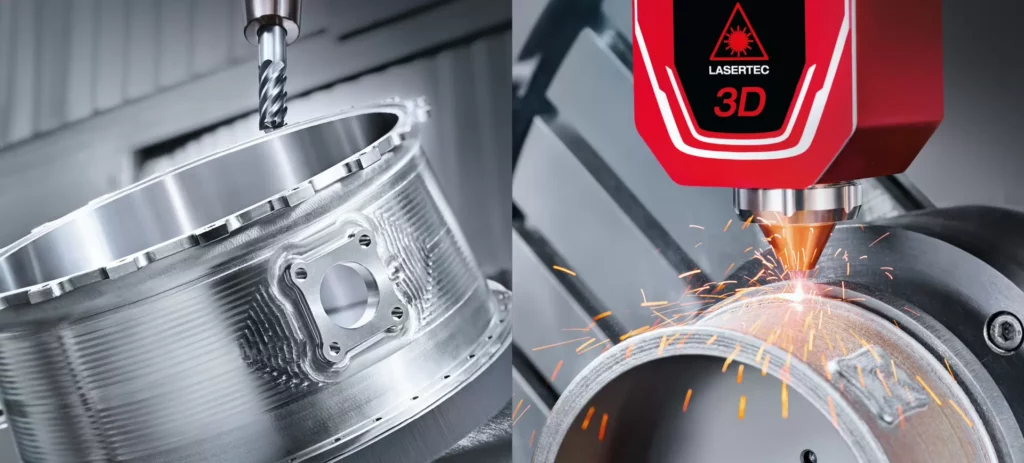Additive manufacturing, or 3D printing, has been one of the standout technologies of 2020. Even amidst the Coronavirus pandemic, many companies could continue skeletal operations through the simple power of cloud computing, digital manufacturing, and a personal or industrial 3D printer.
In this article, we evaluate the likeliest trends for 3D printing along with the biggest drivers and shifts likely to occur post-pandemic. Here are our 5 top predictions for AM in 2021:
1. 3D Printing market will only grow larger
In 2020, the medical industry harnessed the power of 3D printing. From printing ventilator parts to test kits and PPE equipment, AM’s market share with respect to the medical industry skyrocketed.
In 2021, we predict a recovery of the economy and a consequent boom in demand for 3D printing services. As many companies have already learned the ease of use of AM, we predict that aerospace, automotive, and consumer goods will follow the medical industry’s steps and harness numerous ways to prototype and test concepts with 3D printing.
According to studies, the AM market will become a $10 billion market in 2021. This will be occasioned by the gradual rebound from the Covid-19 pandemic and ease of lockdowns that allows AM companies to get back to meeting customer orders and production requests.
2. Many companies will integrate 3D printing into their supply chain
3D printing has demonstrated its inestimable worth through and thick the pandemic. Many companies have had their supply chains disrupted by the trade war, high tariffs, and limited supply arising from lockdowns. By integrating additive manufacturing in-house, companies can quickly conceptualize, iterate, and prototype ideas before tooling and mass production.
In 2021, expect technologies like CNC machining and Injection molding to lose some share of small-scale projects that will likely be handled by industrial 3D printers.
3. More metal 3D printing capabilities
The AM industry is generally still developing on metal 3D printing. Some companies do not even have this capability at all. In 2021, we expect some hardware advancements that bring versatility and seamlessness into metal 3D printing. For existing metal 3D printing capabilities, we can expect some levels of improvement that will allow the prototyping of more complex commercial projects. Some studies have projected that at the end of 2021, over 75 percent of aircraft components may be 3D printed.
4. FDMs on the rise
Fused deposition modeling is quickly turning out to be the mainstay version of 3D printers. And while there are still many affordable options on the market, FDMs remain the biggest bridge between hobbyist and industrial 3D printing capabilities. At Firstpart, we predict a climb in demand for FDM printers in 2021, mainly driven by advanced personal users and companies that want to integrate AM into their supply chain or product development processes.
5. 3D Printing will produce bigger, more complex parts
Since 2019, the incredible power of 3D printing has been occasionally demonstrated on some large scale. From 3D printing houses to drivable cars, bridges, and other construction elements, AM is gradually losing the notion that 3D printers can only deal with small parts.
In 2021, we expect bolder strides from AM companies in the construction, automotive, and aerospace industries. While there will still be limitations, we can predict a near future where AM will push the limits of the size of objects that can be printed.
6. More blended material applications
To fully harness the developments within AM, more and more companies are exploring composite materials and new blends that will deliver more rigidity, flexibility, strength, low-weight, or durability to the everyday applications of 3D printing. In 2021, we predict some advancements in this area, enabling AM to take a bolder step in making bigger and stronger products or components.










